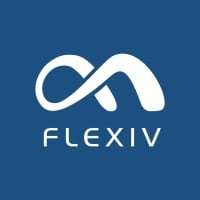
Ralph W. Earl Company
Ralph W. Earl is a distributor of components and systems primarily for industrial automation. We provide our customers with motion control solutions utilizing pneumatic, hydraulic, and electronic technologies. In addition to industrial automation, we handle process and structural applications, as well as mobile equipment for the construction and agriculture industries. With approximately 55 employees, we service Upstate New York and Northern Pennsylvania, representing over 60 suppliers and providing value-add services such as assembly, fabrication, repair, and engineering.






